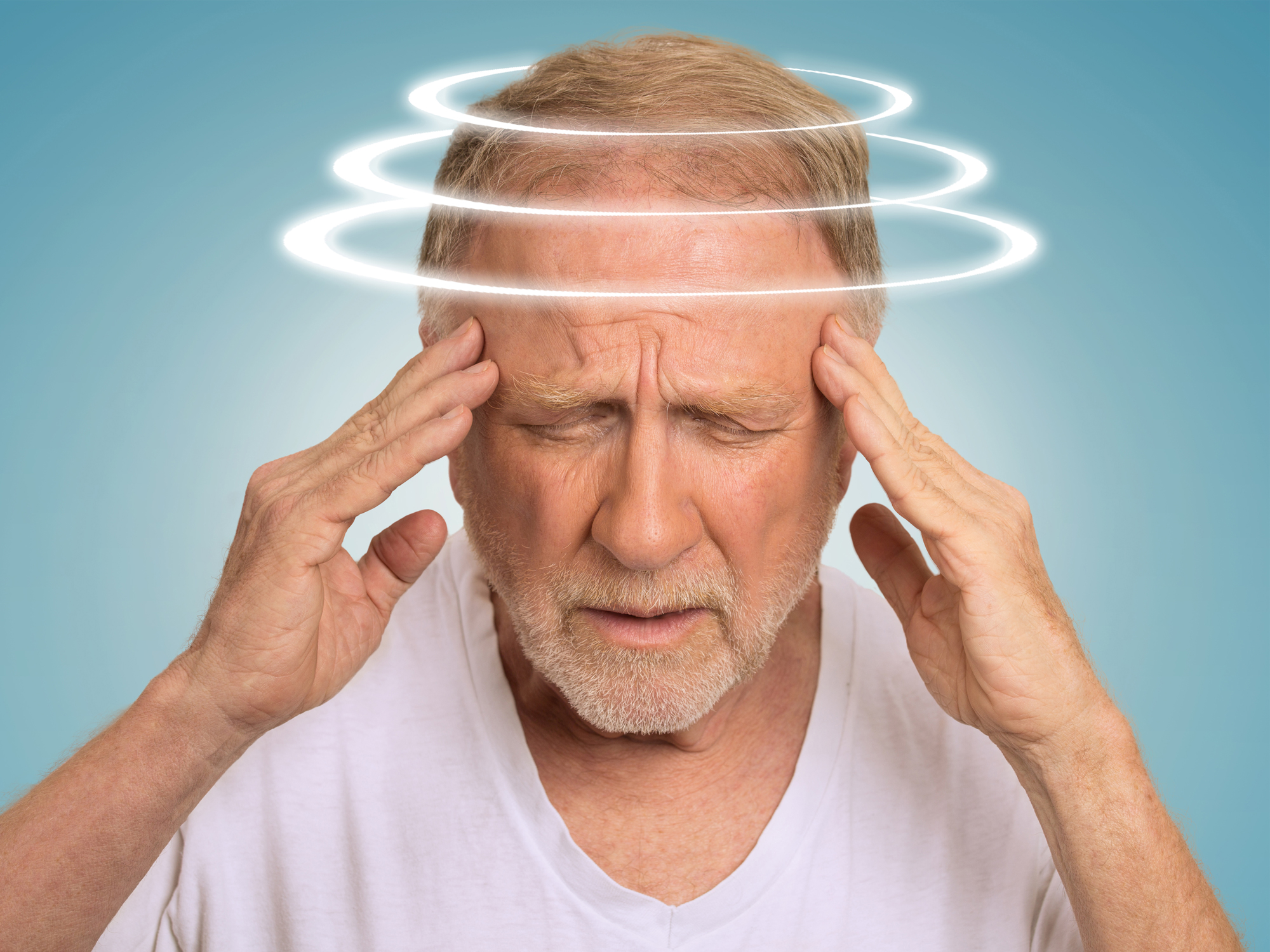Get Easy Health Digest™ in your inbox and don’t miss a thing when you subscribe today. Plus, get the free bonus report, Mother Nature’s Tips, Tricks and Remedies for Cholesterol, Blood Pressure & Blood Sugar as my way of saying welcome to the community!
A safer way to shut down your brain’s ‘pain network’

Living with chronic pain can turn your whole world upside down. It can become your whole world. Even with good, natural treatments and coping strategies, pain can wear you down and exhaust you.
From personal experience with the crushing nerve pain of trigeminal neuralgia (TN), I can tell you that at the worst times, I’d have done just about anything to make the lightning bolts of pain stop.
Fortunately, my doctor was wise enough never to offer me an opioid painkiller, no matter how desperate I was. Most people who are addicted to opioids started using them in order to stop suffering from chronic pain.
Here’s the other thing. TN is a “silent disease,” one that isn’t visible, and the isolation of living with it often leads to depression and even suicidality.
Why am I telling you all this? Because I’m excited about some hopeful news for anyone living with depression, pain, or both.
Science has uncovered something that may offer a way out of pain and depression, without the risk of becoming addicted to the cure.
Altering the brain’s “pain network”
Jonathan Posner of Columbia University is the author of a recent study that made the connection between pain and depression and found a safe way to take care of both.
He discovered something that can actually change the structure of the brain’s “pain network”, the chain of brain regions that sends the signals to our body that cause the sensation of pain.
This is an interesting and exciting discovery for the treatment of both pain and depression.
For one thing, it takes the guesswork out of prescribing antidepressants. As things stand, patients with depression may run through two, three or more different drugs before finding the one that works.
In Posner’s study, 66 adults with persistent depressive disorder were given a 10-week and a 12-week course of two different types of serotonin-norepinephrine reuptake inhibitors (SNRIs). Researchers used MRI scans to compare brain structure before and after each course of the drugs.
(By the way, we’re not talking about the selective serotonin reuptake inhibitors (SSRIs) that increase your stroke risk).
Two things happened: the connections within the “pain network” of the subjects’ brains were reduced, and depressive symptoms improved.
Posner is quick to add that not every depressed person’s brain operates this way. But when it does, knowing about this pain-depression connection can let a doctor prescribe the best antidepressant a lot sooner.
The other exciting thing about this discovery is the potential it has to make a dent in the growing wave of opioid addiction in this country – particularly among older adults.
Older adults are using more opioids
Nobody thinks they’re going to get addicted to their painkillers. They just want relief.
But when researchers at Johns Hopkins University tracked the number of adults 55 and older being admitted to hospitals for opioid addiction, they found that the numbers are growing.
Between 2013 and 2015, the numbers increased by 25 percent each year.
We live in a culture where “pop a pill” is the way to fix things like severe pain. But with statistics like these, it’s imperative that we look at alternatives for pain relief.
How to avoid the trap of opioid addiction
First, embrace the idea that it could happen to you, and through no weakness of your own. Opioids are powerfully addictive drugs, and it doesn’t take much to get hooked.
Second, learn about other ways to work with pain, and to avoid it in the first place.
Eat well. Stay away from the ultra-processed foods that set you up for arthritis and other painful conditions.
Take Vitamin D. It reduces the body’s pain response.
Learn deep breathing or meditation. Mindfulness meditation deactivates the thalamus, the brain’s “gateway” that determines whether pain sensations reach your higher brain centers.
Reduce stress. From personal experience, I can tell you that it was in moments of high stress that the pain of trigeminal neuralgia reached its peak and started to undo me.
Get a massage. If you live with chronic pain, a massage is not a luxury. It is a way to reduce muscle and joint pain, and induce the relaxation needed to cope with pain and even diminish it.
Always question your doctor. Don’t accept the prescription he or she hands you without question. If you’re in terrible pain, bring someone with you who can ask the questions for you.
Editor’s note: While you’re doing all the right things to protect your brain as you age, make sure you don’t make the mistake 38 million Americans do every day — by taking a drug that robs them of an essential brain nutrient! Click here to discover the truth about the Cholesterol Super-Brain!
Sources:
- Antidepressant SNRI medications reduce connectivity in the brain’s pain network — PsyPost
- The association between antidepressant treatment and brain connectivity in two double-blind, placebo-controlled clinical trials: a treatment mechanism study — The Lancet Psychiatry
- Depression: How effective are antidepressants? — Institute for Quality and Efficiency in Health Care
- Drug Use and Its Consequences Increase Among Middle-Aged and Older Adults — National Institute on Drug Abuse (NIDA)













